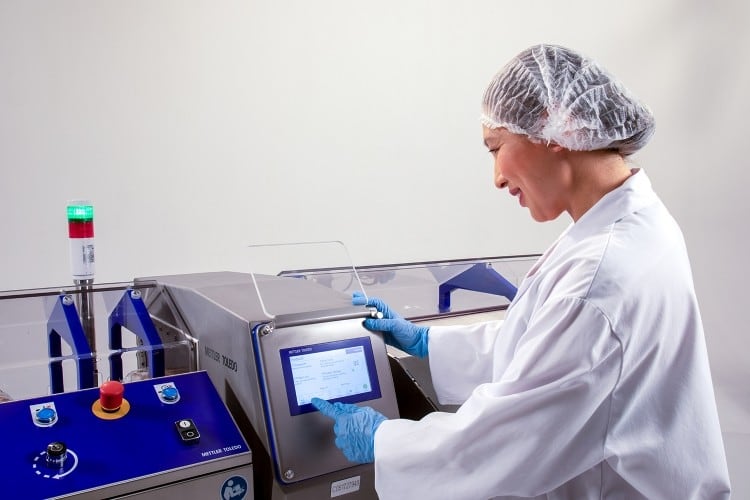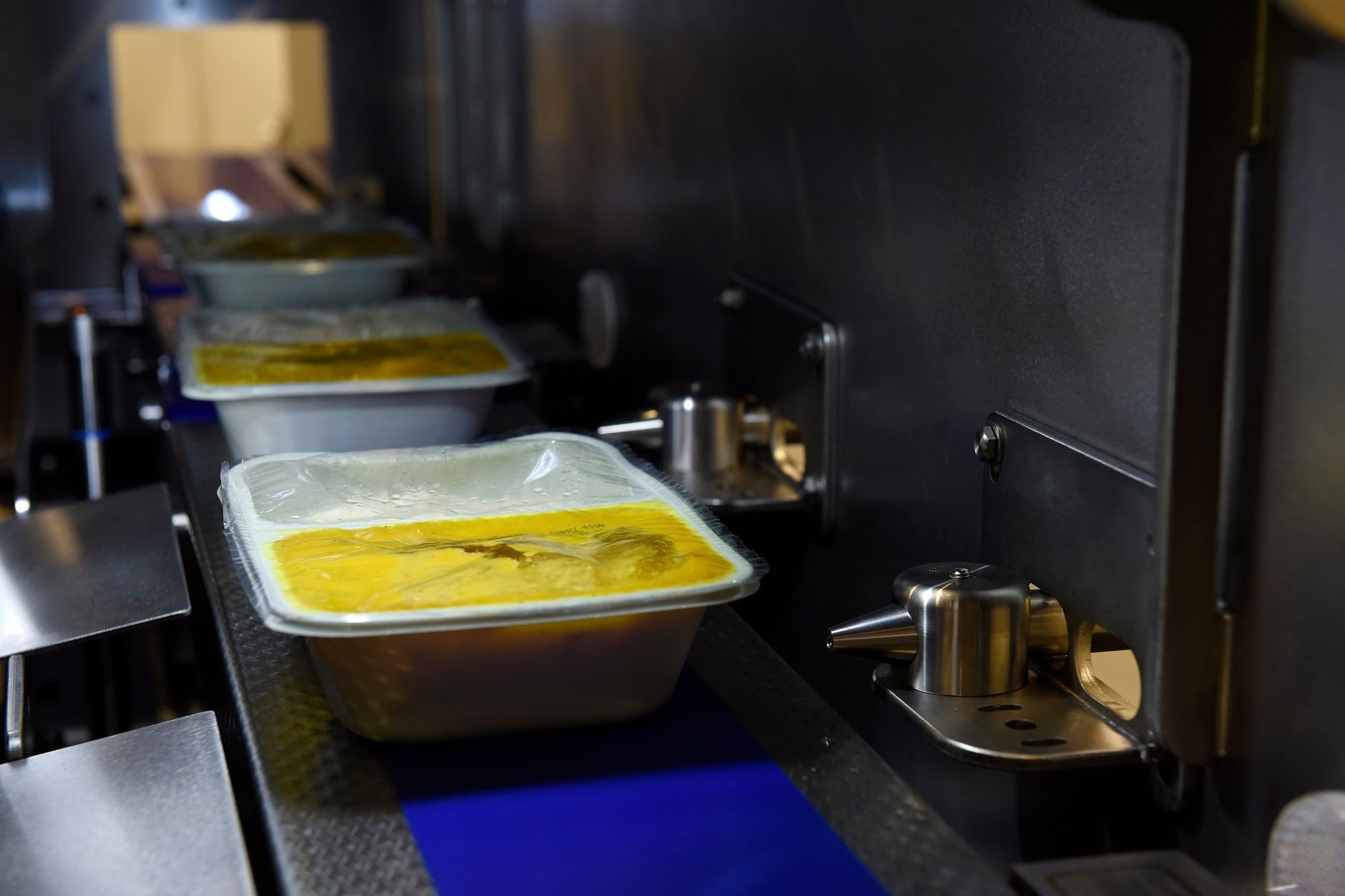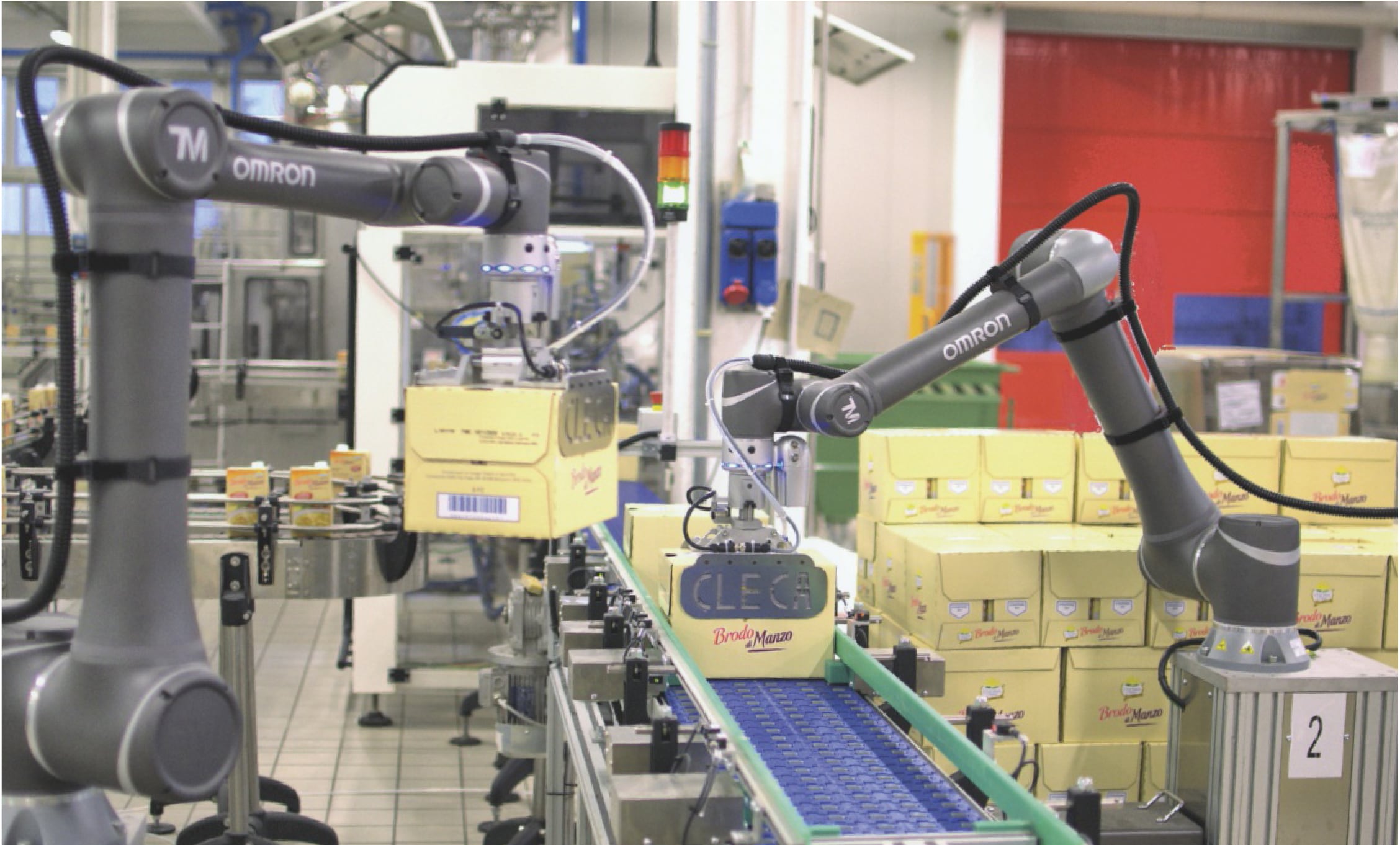1. Understand how contamination occurs
Food contamination incidents can be extremely varied in their nature. There might be foreign bodies such as stones, bones, metal and glass amongst raw materials. Other contaminants can be personal effects e.g. jewellery, keys, glasses or similar which are accidentally introduced by employees. Alternatively faulty or broken production line equipment can provide further risks of metal and wire contaminants coming into contact with the product.
Food manufacturers must also be aware of how the size and density of physical contaminants can make their detection difficult, depending on the type of product and application. For example, if a contaminant is of a similar or lower density to that of the product or packaging itself, it presents an inspection challenge. “Wet” products, such as those with high salt or moisture content, also naturally generate their own “product effect”, which can mask the presence of contaminants when using certain types of product inspection systems. Other factors can also create a product effect, including the temperature of the product, its size and shape, its position and orientation as it passes through product inspection systems, and the type of packaging material used.
In short, inspection of products and the detection of foreign bodies are rarely straightforward. Food manufacturers must understand the challenges involved in these processes, as well as the likely ways that contaminants can be introduced in the first place.
2. Identify areas of weakness on your line
Formal frameworks exist to help food manufacturers assess their production processes and the most likely areas of risk for foreign body contamination to occur. Hazard Analysis and Critical Control Point (HACCP) and Hazard Analysis Risk-based Preventive Controls (HARPC) audits are designed to help manufacturers identify weak points in the production line, from the raw material stage to packaging, where food safety hazards from physical contamination can occur. While HACCP helps to identify the risk of contamination, HARPC assists in planning to mitigate against incidents such as intentional adulteration, food fraud and terrorist acts. The earlier in the production process a hazard can be identified, the better.
From the results of these audits, the manufacturer will know where to set up control points so that checks and systems are correctly positioned to help eliminate food safety hazards. These are known as Critical Control Points (CCPs) and Preventative Control Points (PCPs). With an understanding of how contamination occurs added to the identification of weak points in the production line, a plan to minimise the risks of physical contamination can be put in place.
3. Implement a strong line (or lines) of defence
Defences against foreign body contamination can be put in place at different parts of the production and packaging process. This can be split into three areas: early detection; during production; and end of the line.
Early detection includes inspecting raw and incoming materials before they are mixed, blended or processed further. Detecting physical contaminants at this stage has the additional benefit of protecting downstream processing equipment from potential damage by an undetected contaminant. It also aims to remove foreign bodies before value-adding production processes take place. If a contaminant is discovered later in the production process this could potentially make the levels of waste and cost even higher.
During production, a second line of defence can inspect bulk or loose-flow products, virtually eliminating debris that might be a by-product of the grinding, pulping or blending process. Inspection at the end of the line represents a final check and could pick up contaminants introduced by a breakdown in the packaging process, such as glass splinters from the capping
process. However, manufacturers should not rely solely on this last line of defence. It could prove more cost effective to identify the weak point in production, i.e. where contaminants can be introduced, as early as possible before additional valuable ingredients have been added, thereby reducing operational costs and waste.
4. Select the appropriate technology
There are two main inspection technologies to detect physical contaminants in food production – metal detection and x-ray inspection. Choosing the most appropriate technology is intrinsically linked to the nature of the likely contaminant and the type of product and application, including the packaging material. Generally, a metal detector serves best when metal contaminants are likely, and x-ray systems are more appropriate with non-metallic foreign bodies. However, other factors can further impact the choice of product inspection equipment.
For example, a product packaged in aluminium foil presents challenges for a metal detector to inspect, whereas x-ray will better be able to identify a metal contaminant within the packaging due to its ability to measure mass. Metal detectors, meanwhile, are better suited to inspecting products in gravity-fed conditions such as vertical form, fill and seal (VFFS) applications.
X-ray can perform additional product integrity checks. As well as detecting contaminants based on their densities, it can count components, identify missing or broken products and damaged packaging, monitor fill levels, measure head space, and detect product trapped in the film/seal.
There are times when a combination of both inspection technologies works best, namely when different foreign body risks are identified at different CCPs, or when compliance with retailer contracts requires multiple inspection technologies.
5. Future-proof detection capabilities
Optimising contaminant detection capabilities for a specific product or application is advisable and product inspection systems should always be set up for success. But requirements change. New products are launched, new processes and equipment introduced and new demands are placed on manufacturing facilities. Food producers should therefore consider future needs in any decisions they make with regard to detection equipment, giving them and their customers confidence that robust quality assurance is in place going forward.
Modular systems help companies adapt to these evolving needs, while still satisfying compliance and productivity requirements. In many factories, floor space is a major challenge. Combination systems, where multiple inspection technologies – such as combining checkweighing with metal detection or x-ray –can help to alleviate this problem.
Further approaches to future proofing include investing in inspection systems capable of digital data collection, which supports evolving supply chain and compliance needs. Or deploying inspection systems that facilitate preventative maintenance to help maximise inspection performance from day one and reduce total cost of ownership.
6. Embrace digitalisation
Digitalisation incorporates the implementation of real-time monitoring and control of automated inspection devices, including the collection of performance data. Connectivity of these systems and data streams within a supply chain delivers transparency and traceability for all stakeholders. In the event of a product recall being necessary, this transparency and traceability will be a key advantage.
The connection between digitalisation and food safety is strengthened further with the development of digital systems and networked supply chains to support higher quality standards in production.
This can result in the ability to quickly identify when machinery is not functioning optimally, and give manufacturers the opportunity to take corrective action, in addition to enabling full documentation for compliance auditing in support of food safety standards.
The process of digitalisation is not without its costs, nor without challenges, but most food manufacturers are already collecting data from their inspection processes in some shape or form. Digitalisation makes that easier, enhances operational performance and efficiency and renders compliance and due diligence simpler to prove. The digital supply chain is coming – food manufacturers that get started now can be ready for the moment where a nice-to-have becomes a must-have.




